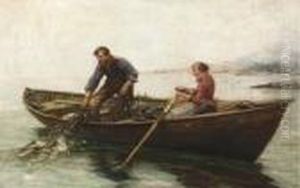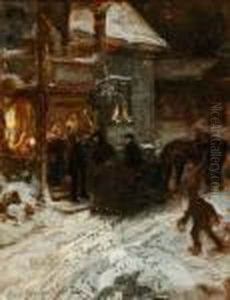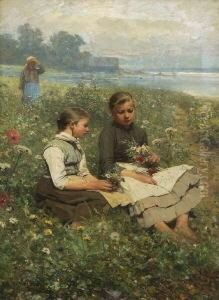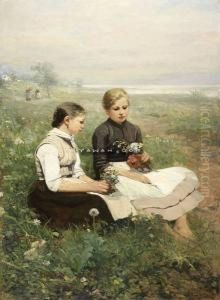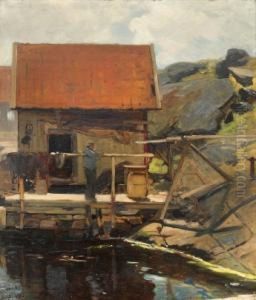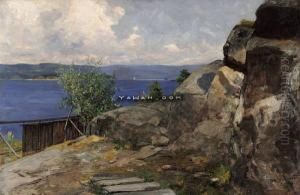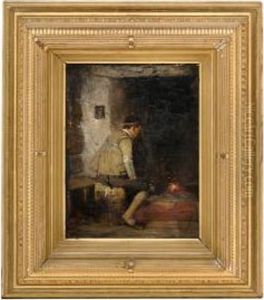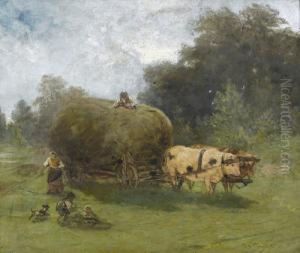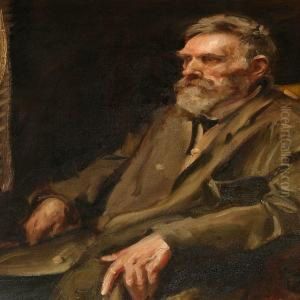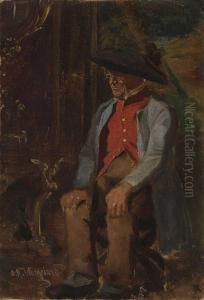Oscar Wergeland Paintings
Oscar Arnold Wergeland was a prominent Norwegian painter, born on November 24, 1844, in Christianssand, now known as Kristiansand, Norway. He was part of a notable family, with his sister Agnes Mathilde Wergeland becoming the first woman to earn a Ph.D. in Norway, and his brother Henrik Arnold Wergeland being a celebrated poet and playwright. Oscar Wergeland is particularly known for his historical paintings and his contributions to documenting Norwegian history through art.
Wergeland's education in the arts began at the Norwegian National Academy of Craft and Art Industry in Oslo, followed by further studies at the Royal Danish Academy of Fine Arts in Copenhagen. Throughout his career, he was deeply influenced by the national romantic movement, which was prevalent in Norway during the 19th century. This movement sought to develop a distinct Norwegian cultural identity, partly through exploring and depicting historical and folk themes in art.
One of Wergeland's most famous works is the painting 'Riksforsamlingen på Eidsvoll 1814' (The National Assembly at Eidsvoll 1814), completed in 1885. This monumental painting, measuring over five meters in width, captures the momentous event of the signing of the Norwegian Constitution in 1814, a pivotal point in Norwegian history marking the country's movement towards independence. The artwork is currently on display at the Eidsvoll 1814 museum, serving as a significant symbol of Norwegian democracy and independence.
Throughout his career, Wergeland exhibited his works in Norway and abroad, contributing significantly to the art scene of his time. His focus on Norwegian history and his ability to capture the essence of the nation's past in his paintings made him a central figure in the art world of Norway. Oscar Wergeland passed away on March 11, 1910, leaving behind a legacy as one of Norway's most important historical painters, whose works continue to inspire and educate on Norwegian history and culture.
